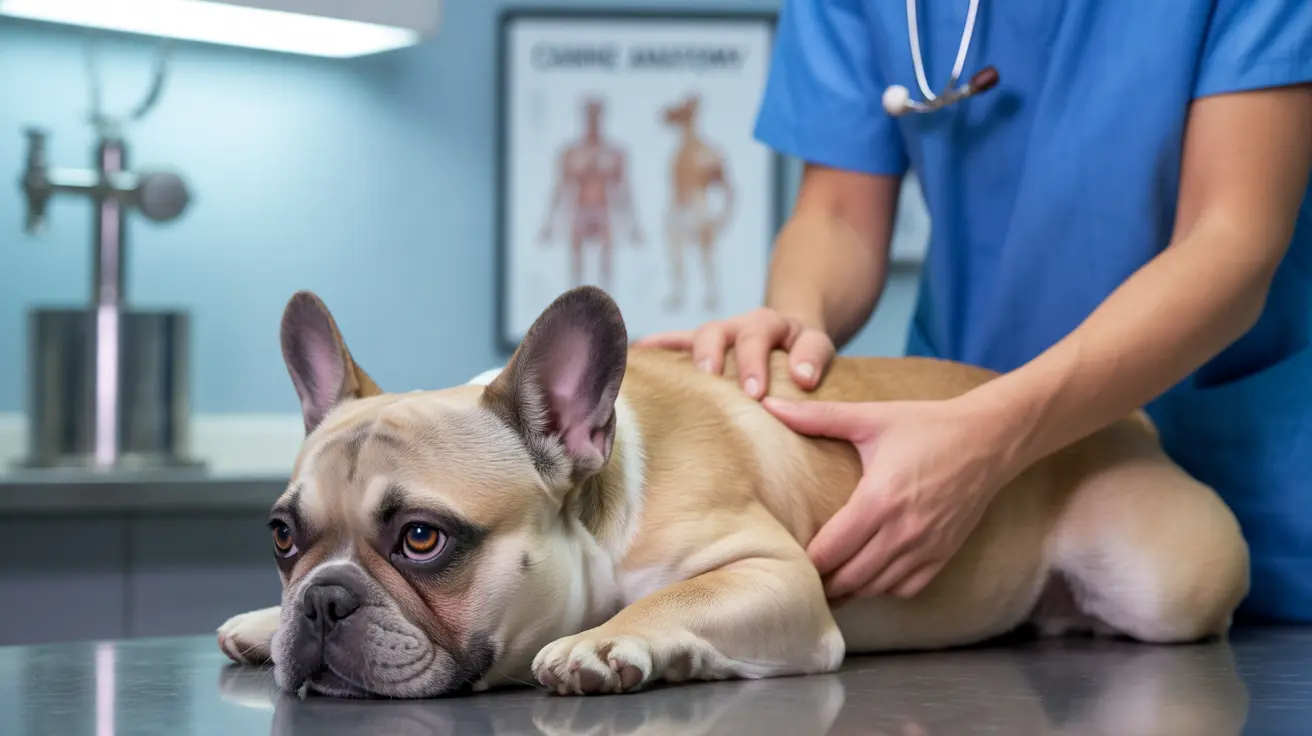Understanding your dog's anatomy is crucial for monitoring their health and well-being. One fundamental aspect of canine anatomy is the ribcage structure, which plays a vital role in protecting essential organs and supporting various bodily functions. This comprehensive guide will explore everything you need to know about dog ribs, their structure, and their importance.
The Basic Structure of a Dog's Ribcage
Dogs have 13 pairs of ribs, totaling 26 ribs in their entire ribcage. This number remains consistent across all dog breeds, regardless of their size or shape. The ribcage forms a protective cavity that houses vital organs like the heart and lungs, while also providing attachment points for various muscles involved in breathing and movement.
Types of Ribs in Dogs
True Ribs (Sternal Ribs)
The first nine pairs of ribs in dogs are called "true ribs" or sternal ribs. These connect directly to the sternum (breastbone) through cartilage, providing stability and protection to the chest cavity. Their direct attachment helps maintain the structural integrity of the thoracic cavity during breathing and movement.
False Ribs (Asternal Ribs)
The next three pairs (pairs 10-12) are known as "false ribs" or asternal ribs. While they don't connect directly to the sternum, they attach to the cartilage of the ribs above them, forming a flexible yet protective structure that allows for chest expansion during breathing.
Floating Ribs
The last pair of ribs (pair 13) are called "floating ribs" because they don't connect to either the sternum or other ribs. This unique arrangement provides additional flexibility in the lower chest area while still offering protection to internal organs.
The Importance of Rib Structure in Dogs
The ribcage serves several crucial functions in a dog's body:
- Protection of vital organs
- Support for respiratory function
- Attachment points for muscles
- Assistance in maintaining proper posture
- Aid in movement and flexibility
Monitoring Your Dog's Ribs for Health
The ability to feel your dog's ribs is actually an important indicator of their health status. Veterinarians use rib palpation as part of determining a dog's body condition score (BCS). In a healthy dog, you should be able to feel the ribs without excessive fat coverage, but they shouldn't be prominently visible.
Common Rib-Related Health Concerns
Understanding your dog's rib structure can help you identify potential health issues:
- Rib fractures from trauma
- Congenital deformities
- Respiratory problems
- Weight management issues
- Musculoskeletal conditions
Frequently Asked Questions
How many ribs do dogs have and are they the same in all breeds?
Dogs have 13 pairs of ribs (26 total), and this number is consistent across all breeds, from Chihuahuas to Great Danes.
What are the different types of ribs in a dog's ribcage and how do they connect to the sternum?
Dogs have three types of ribs: nine pairs of true ribs that connect directly to the sternum, three pairs of false ribs that connect indirectly through cartilage, and one pair of floating ribs that don't connect to the sternum.
Why is the last pair of ribs in dogs called floating ribs?
The last pair of ribs are called floating ribs because they don't attach to either the sternum or other ribs, allowing for greater flexibility in the lower chest area.
How does a dog's ribcage protect vital organs like the heart and lungs?
The ribcage forms a protective bony cage around vital organs, absorbing impact and preventing injury while allowing for necessary movement during breathing and exercise.
Can rib injuries affect a dog's breathing and what should I watch for?
Yes, rib injuries can significantly impact a dog's breathing. Watch for signs like shallow breathing, reluctance to move, whining when touched, or difficulty lying down. Any suspected rib injury requires immediate veterinary attention.
Understanding your dog's rib structure helps you better monitor their health and recognize potential problems early. Regular veterinary check-ups and proper physical examination can ensure your dog maintains optimal health throughout their life.






